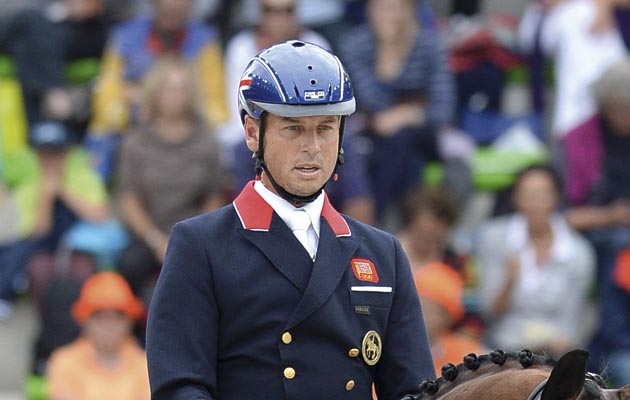Although you can’t deny the brilliance of Michael Jung, there is a lot of hype around him and that mustn’t put off the other riders. He is not untouchable. Sam is correct, but he certainly doesn’t have the wow factor of some of the other horses competing at Badminton — it’s Michael’s correct riding which comes through. His rivals can narrow the gap.
Michael’s test was predictably smooth and easy to watch, but in my opinion it lacked sparkle — I can’t say if it was correct that he led, but it didn’t make me sit up like a couple of the others.
It is exciting for future selection to see so many young Brits riding not only stylishly, but also producing correct, dynamic tests. It was a treat to see Emily King’s elegant riding — as a combination she and Brookleigh created presence in the arena and he has three top paces.
Francis Whittington’s new mindset of riding without pressure really showed. And another who caught the eye was Dani Evans, an excellent younger rider who has a horse (Raphael II) who could be the leader in the future. Izzy Taylor’s ride Allercombe Ellie had the best hindleg in canter, which created expression and super flying changes.
Oliver Townend understandably felt under-marked with Armada, who was the first horse into the arena, but he produced some magic from his second ride Black Tie. Tina Cook and Zara Tindall rode efficient tests on horses that are not the best movers.
This was the first time I’ve ever seen someone have brakes failure on the centre line, as happened to poor Sarah Bullimore. She recovered well to pull back marks in canter.
I bet the New Zealanders are pleased to have the promising Jesse Campbell in their camp, while Clarke Johnstone’s Balmoral Sensation joined Raphael II as the horses I most wanted to take home.
Tim Price was one of the riders who took risks in this phase, as did Australia’s Christopher Burton and Britain’s Gemma Tattersall, who rode a notably accurate test on Arctic Soul.
The most heart-warming story was that of Dutch rider Alice Naber-Lozeman, who has been working so hard on the dressage after having had to retire in this phase at the lower levels with Harry Belafonte. She showed so much excitement in her voice over what some see as a silly phase.
Practise those changes
My overall impression is that we are still waiting for more riders to produce tests that have presence and accuracy, are mistake-free and ridden forward. Such performances are still few and far between.
Riders need to have more collection in canter when they come up the centre line at the start of the test so they produce a decent halt.
Finally, too few riders have an understanding of the timing of the flying changes. It seems like some of them just sling their leg back when they cross the centre line, whatever point of the stride they happen to have reached, rather than timing their aid to the correct point of the stride — which is as the horse lands, so that he can bounce off the ground again and change. The flying change should be asked for within the rhythm of the canter, rather than disturbing that rhythm.
Surely riders who have such a superb eye for a stride can develop a feel for a flying change? Get practising!
Ref: Horse & Hound; 12 May 2016

